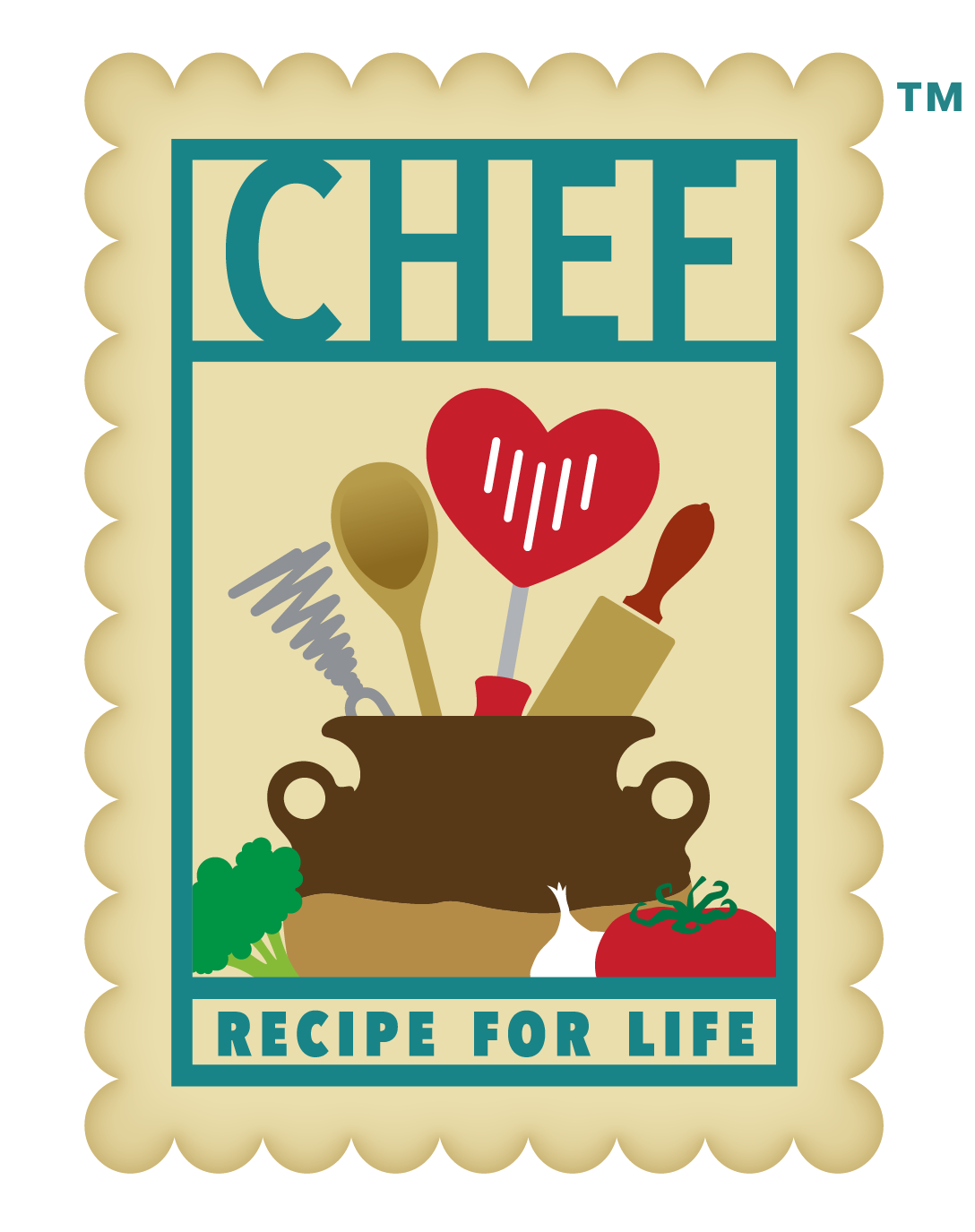By: Amanda Diaz, Graduate Dietetic Intern
Reviewed by Celina Paras MSc, RDN, LD.
Your taste (sweet, salty, sour, bitter, and umami) preferences are innately preset to prefer sweet, over bitter or sour. However, these innate tendencies can be modified through repeated exposure, positive and negative experiences, and influential factors that reflect the types of food preferred. Taste preferences develop before birth and continue to change throughout life. Understanding how taste preferences develop can help you and your family form healthier eating habits.
Introduction of flavors
The shaping of taste preferences begins early in life. Babies in the womb experience flavors from the maternal diet from swallowing amniotic fluid and after birth through the mother’s breast milk. Taste experiences with baby formula can impact taste preferences as well. The introduction of solids is an exciting milestone for you and your child. During this transition, it can take up to a dozen tries for your child to accept a new food. Food aversions are normal, but can be combated by offering new foods in various ways, offering smaller amounts of disliked foods, and making mealtime a positive experience. To alter innate preferences, limiting exposure to overly sweet and salty foods may prevent your child from developing more of a taste for these foods. These early experiences can help set the stage in establishing life-long healthy dietary habits.1
Factors that influence
As your child grows to an adolescent, various factors can influence the palate to change affecting food choices and dietary habits. Your child’s food preference can be influenced by their independence, influenced by peers, growth spurts, education about food, and family environment. Energy-dense foods and sweetened beverages may be consumed more often than they were before. To encourage your child to eat healthy foods, keep healthy foods readily available and in eyes view. Avoid bringing food items into the home that you don’t want them to eat or drink. Continue to involve your child in their food selection and preparation to teach them to choose and prepare healthy meals and snacks.2
The Aging palate
As you age, taste buds diminish, saliva production decreases, and chewing problems occur, affecting your sense of taste. Aging can also affect all of your other senses, all of which can make eating less pleasurable. Sometimes certain diseases and medications can contribute to altered taste. To enhance the taste of foods, you may find that more salt or sugar is added which could have a negative effect on the body such as increased blood glucose and blood pressure levels. Adding herbs such as cilantro, oregano, parsley, rosemary, basil, mint, and chives are great ways to enhance flavor and taste. Substituting extra salt for spices and aromatic foods such as cayenne, chili powder, turmeric, curry, cinnamon, garlic, and onion may make eating food more pleasurable without the negative effects.3
Understanding some of the factors that affect taste preference is essential for understanding how preferences can be modified to reflect a healthy lifestyle for you and your family.
- EUFIC.org. Taste Differ: How taste preferences develop. 2018. Retrieved from http://www.eufic.org/en/food-today/article/tastes-differ-how-taste-preferences-develop Accessed April 2018.
- Johns Hopkins Medicine. Healthy Eating During Adolescence. Retreived from https://www.hopkinsmedicine.org/health/wellness-and-prevention/healthy-eating-during-adolescence. Accessed April 2018.
- Boyce JM, Shone GR. Effects of ageing on smell and taste. Postgraduate Medical Journal. 2006;82(966):239-241. doi:10.1136/pgmj.2005.039453.




